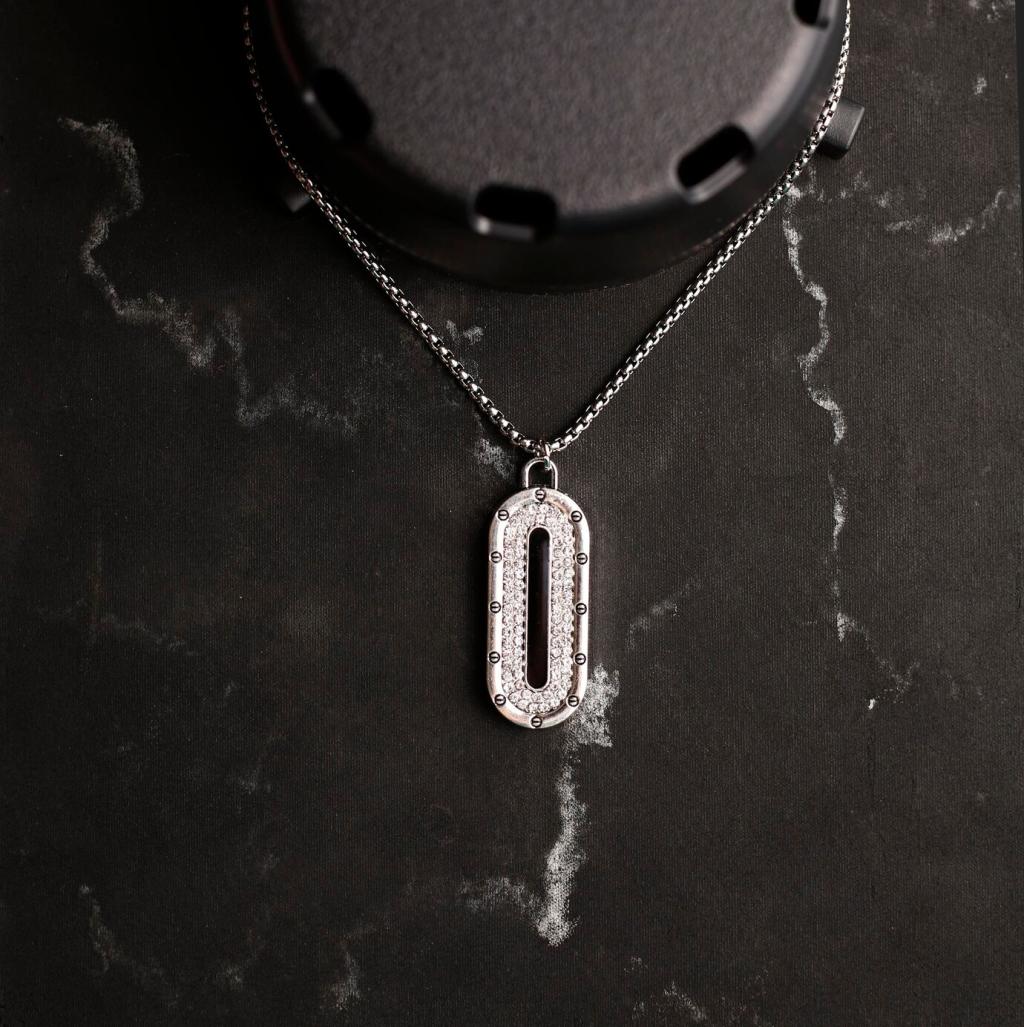Start With the Client’s Story
Shift discovery conversations from vague preferences to concrete outcomes by asking when, where, and why success matters. Capture exact phrases clients use to describe progress. Then mirror those words respectfully within product copy and calls to action.
Start With the Client’s Story
Identify functional, social, and emotional jobs your clients hire the product to do. Convert each job into targeted microcopy moments—tooltips, labels, and helper text—that reduce friction, set expectations, and reaffirm progress during each critical step.








